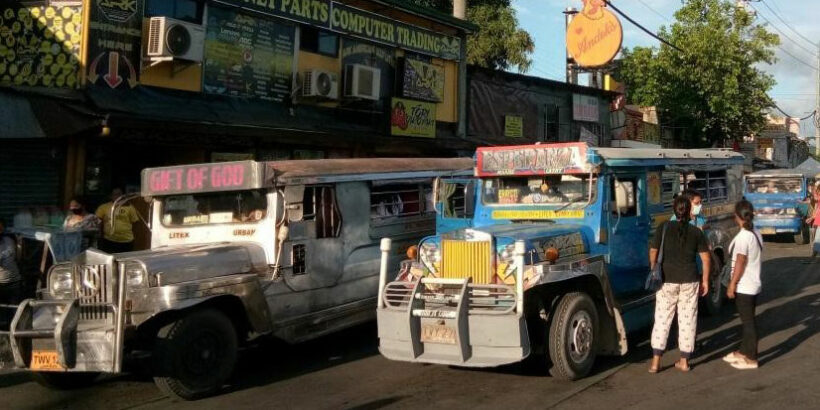Traditional jeepneys have been the “king of the road” in the Philippines for decades — the primary mode of transportation for ordinary Filipinos. They are far more affordable than riding a taxi, motorcycle taxi, or Transportation Network Vehicle Service (TNVS) such as Grab Car. The minimum fare currently for traditional jeepneys is about 12 PHP or around 0.22 USD compared to the 45 PHP or 0.82 USD minimum fare of TNVS; so riding a jeep is more economical and practical for Filipinos. Thus, jeepneys are vital and necessary in the Philippine public transportation sector, particularly for the commuters who strive and face a daily battle on transportation in order to attend school, work, or other errands.
However, the king of the road seems to be gradually losing its grip, which could end its reign. The jeepney phase-out under the PUV (Public Utility Vehicle) Modernization Program by the Philippine government imposes a great threat to jeepney drivers and commuters whose bread and butter is reliant on it.
The objective of the PUV Modernization Program is to transform public transportation through the integration of environmentally-friendly vehicles, enhanced regulation, and industry consolidation. Whereas, the program will phase out traditional and engine-generated jeepneys that are more than 15 years old and replace them with imported modern electric jeepneys that cost 2.6-2.8 million pesos (47,000-50,000 USD) per unit, this program will also unify the industry by consolidating cooperatives with at least 15 modern electric jeepneys before they are permitted to operate.
Although the primary objective of the program is significantly rational, its implementing guidelines seem to be unfavorable for jeepney drivers. They earn approximately 300 PHP to 600 PHP (5.46-10.92 USD) a day. Considering the high inflation rate in the Philippines that affect the price of gas and common goods in the Philippines for the jeepney drivers to survive their livelihood and necessities, it is unlikely for them to produce 2.6-2.8 million pesos to be able to purchase a modernized jeepney — much more difficult to purchase the 15 units of the modernized jeepney. Not to mention the expenses of jeepney drivers in forming cooperatives.
This has led several transport groups such as PISTON (Pinagkaisang Samahan ng mga Tsuper at Operators Nationwide/United Association of Jeepney Drivers and Operators Nationwide), Manibela, and others to initiate a transport strike initially for one week but which then lasted for only 2 days (March 6 and 7) after the government made a dialogue with them and the Land Transportation Franchising and Regulatory Board (LTFRB) and extended the jeepney phase-out from June 30 to December 31, 2023. Yet the program has still to undergo revisions on its guidelines and implementation.
Filipino commuters will also shoulder the burden if the LTFRB insisted on the 2.8 million pesos worth of modern jeep as there will be a fare hike. That is why looking at the alternatives is significant; there are few alternatives to the imported modernized jeepneys that are lower in cost and significantly retain the iconic look of traditional jeepneys.
There are local manufacturers such as Sarao Motors that are creating prototypes of modernized jeepneys that cost around 1.3 to 1.5 million pesos (23,700 to 27,400 USD) which is half the price of the imported modern jeeps. This price could still be marked down if they are provided with support from the government and other organizations. More than that, they preserve the iconic look of Philippine jeepneys that has been engraved into the culture of Filipinos, yet manage to enhance its features such as air conditioning and CCTVs installed. As Francisca Reyes-Aquino said, “heritage must not be sacrificed for progress.” In addition, since the modernized jeeps are locally manufactured, this will also generate work for Filipinos.
In the midst of modernization, the inclusion of the concerned sector is paramount. It would be meaningless if modernization takes place yet people still live in poverty. Ordinary jeepney drivers and commuters have to shoulder the expenses when they are also barely earning. Jeepney drivers are not against the modernization program per se, but all they want is to make the guidelines reasonable for them and acquire support from the government. Therefore, including their concerns is the first step for inclusive and true modernization to transpire. Besides, jeepneys have been an element of Philippine culture— it would be interesting if the culture is living in spite of development.










